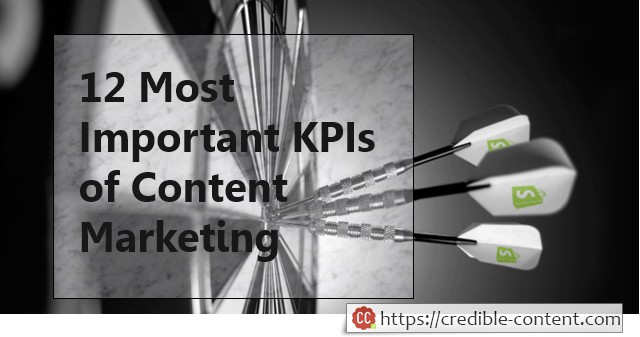The writer of this LinkedIn post says that (probably he owns or works in an SEO company) 50% of their clients are receiving more than 45% non-PC organic searches. He also makes a rough prediction that over 65% of their clients may receive more than 50% of their traffic from mobile phones and tablets rather than conventional computers and laptops.
This is not one single isolated incident of an online marketer showing data indicating that more people are using mobile phones to carry out searches and use the Internet in general. If I’m not mistaken, around 60% Internet users in India have never used a computer or a laptop – they are using their mobile phones to access the web. In small towns and even in villages, there are some shops that charge Rs. 10 to set up a Facebook account on a mobile phone.
So as a content writer, should writing for mobile devices be your 1st priority while writing and formatting your content? Undoubtedly your content must be scalable. It must be easily accessible on devices of different screen sizes. But it has got more to do with the layout of your webpages.
What makes your content mobile-friendly?
Personally I believe every sort of content that is reader-friendly is also mobile-friendly. If possible, create shorter sentences and shorter paragraphs. Confine one paragraph to one idea – a couple of sentences. Keep your images easily scalable so they can contract and expand according to the screen size. Use a font type that adjusts itself according to the screen resolution. But again, these are technical aspects.
As a content writer you should know that an average mobile user is more distracted than an average PC or laptop user. You can carry your mobile phone anywhere. You might be travelling in a train. You might be having a chat with a colleague in your office. You might be rocking your kid. For all I know, you might be reading this blog post sitting in a restaurant buzzing with activity and noise while trying to make sure that your coffee doesn’t spill over your screen.
Unlike with a computer or a laptop, you rarely see people using a mobile phone as an exclusive exercise. It is always done while doing something else. So there are greater number of distractions. Your content needs to compete with these distractions in order to keep your readers hooked.
Drab, uninspiring content naturally goes out the window. Your writing needs to be crisp, interesting, compelling and highly useful. But how is it different from writing content for computers and laptops? Not much.
Anyway, if you want to create content specifically for mobile devices like smart phones and tablets, here are a few things you can keep in mind:
Writing content for mobile phones and tablets
- Use smaller sentences and paragraphs
- Avoid using lots of hyperlinks
- Focus on one message or one thought per page or blog post
- Present the facts within your content rather than linking to them
- Make your language interactive in the sense that you use lots of “you”, “I”, “me”, “we”, and “us” – in a sense that a person feels that he or she is having a conversation rather than reading a monologue
- Link to extra pages at the end
- Use visual formatting to highlight certain sections and expressions
- Use simple language and don’t try to use lots of synonyms for your main keywords


